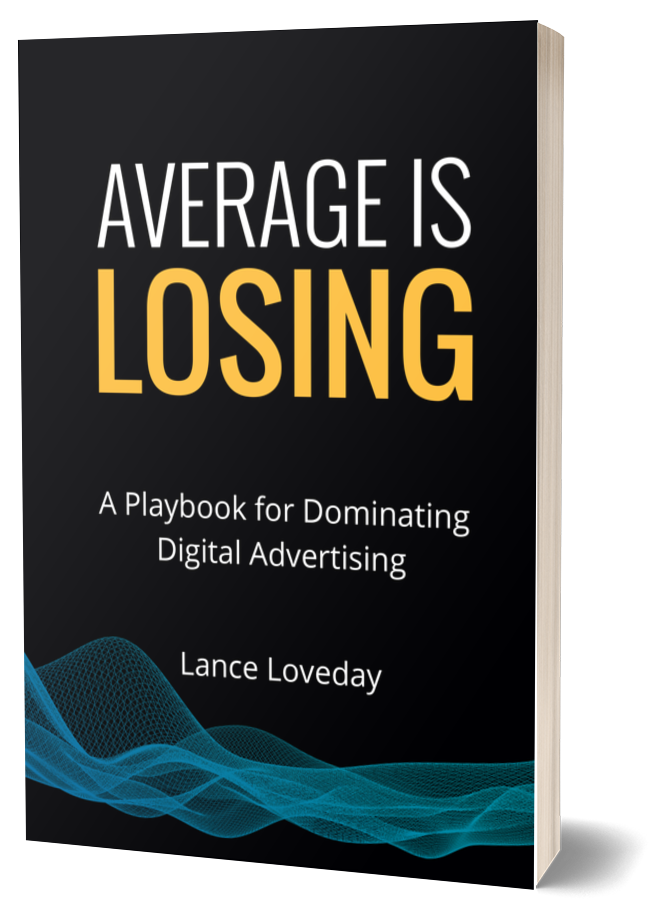Lead generation on LinkedIn is a great way to expand your brand, followers, market and business. Its unique ability to target leads based on job title and company makes it an invaluable tool for marketers. In fact, 89% of B2B marketers use LinkedIn for lead generation.
But, LinkedIn is expensive. CPCs are often over 100x higher than Facebook, and advertisers can quickly burn through budget on low-quality visitors that don’t drive revenue.
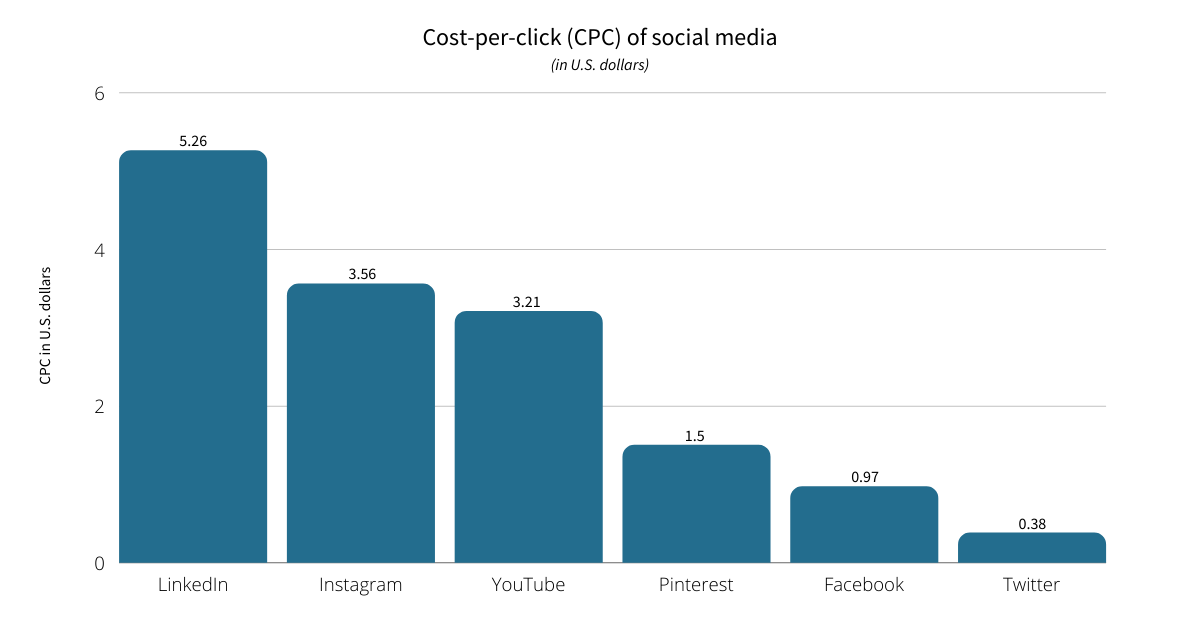
Source: Web FX
Getting too many low-quality leads is frustrating and often makes marketers rethink their campaign strategy. Luckily, there are multiple ways to improve down-funnel conversion rates.
Before you call it quits on LinkedIn, follow these tips to drive more efficient leads.
Proper conversion tracking on your website and lead gen forms is crucial for successful campaigns and improving lead quality. Conversion tracking empowers informed decisions when optimizing campaigns, making budget adjustments and evaluating the effectiveness of creative and ad copy.
Here are the different types of conversion tracking you need to know:
LinkedIn allows advertisers to place UTMs in the hidden fields of your lead gen forms. If you’re already using UTM tracking across other campaigns types or advertising platforms, leverage them on LinkedIn to track leads across ads, campaigns and campaign groups. This is invaluable when making optimizations to push spend to initiatives driving leads.
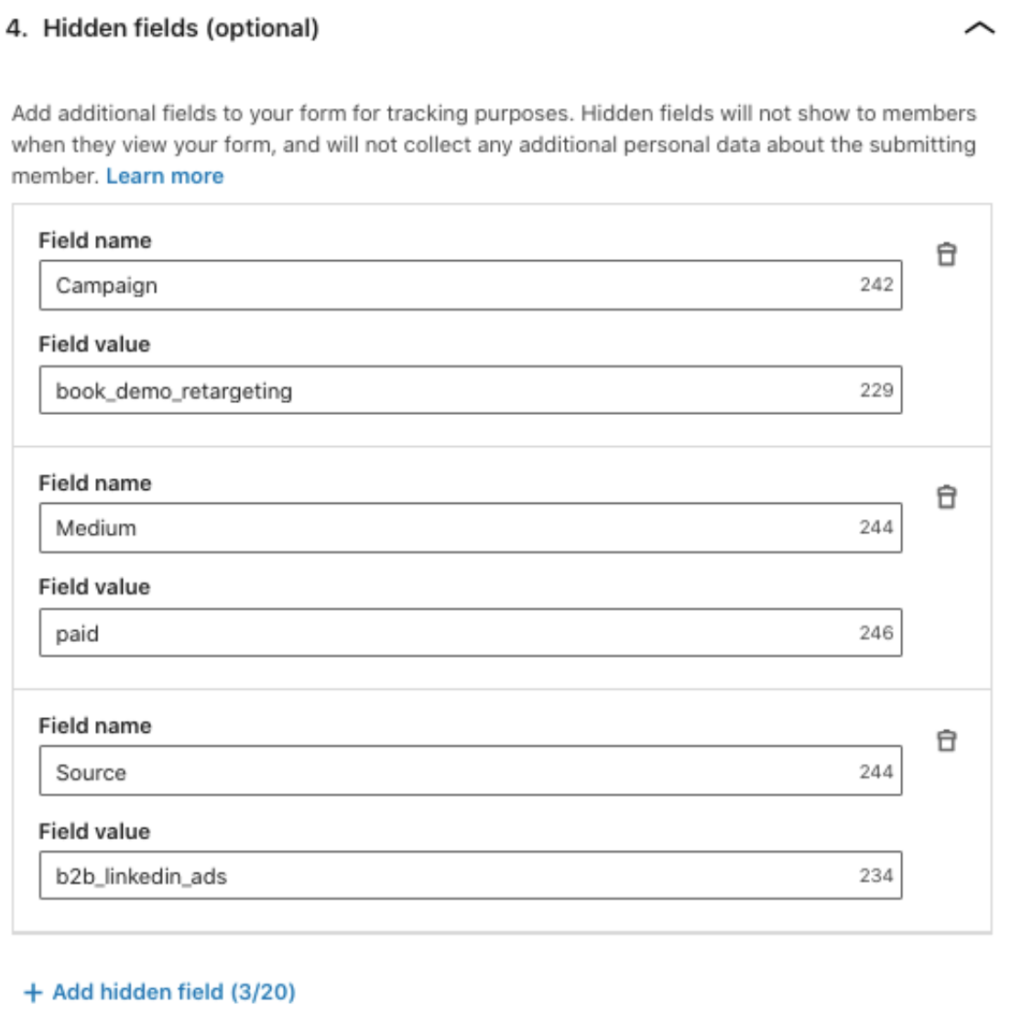
Whether you’re sending users back to your website or directly generating leads from LinkedIn’s lead gen forms, tracking leads on your website is essential when making optimizations. Without it, you’ll be missing out on crucial insights, including where your leads are coming from and what actions they’re taking on your website after submitting a lead gen form. This data can also help improve landing pages and inform ad copy decisions.
You should also consider setting up engagement-based KPIs, such as “time on site” or “page scroll” to determine trends with your quality leads and optimize toward those metrics.
It’s essential to keep your leads engaged throughout the buyer journey, especially since it may take more than one try to convert a lead into a customer. Setting up multiple nurture streams helps keep your brand top of mind throughout the decision-making process.
One of the most effective ways to remind your leads about your company’s products and services is to retarget them directly on LinkedIn. Utilizing LinkedIn’s sophisticated audience retargeting, you can keep your prospects warm on a platform you know they are sure to re-visit.
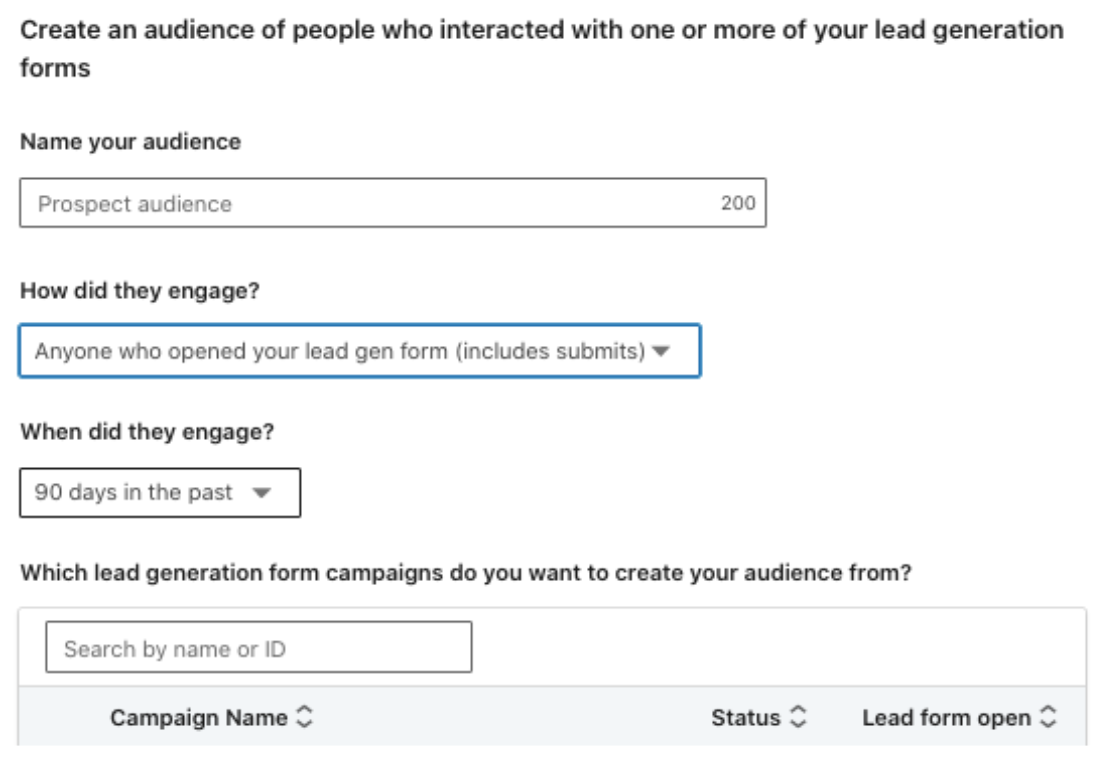
Consider changing the creative and copy with bottom-funnel messaging like testimonials or linking them to ungated content like a blog post, resource hub or ebook. You can also use UTM-based retargeting to reach prospects across other social or display channels.
Outside of paid media, email nurture streams are another great option for staying top of mind and influencing the decision-making process once you’ve captured a user’s email on your website or lead gen form. This will create another touchpoint where they can engage with your brand and learn more about your offerings.
The time between lead creation and first lead contact is crucial for success. Contact each lead the same day or the next day to maximize their user experience and improve your conversion rate. Connecting with leads quickly increases the likelihood they will convert and demonstrates the value of your brand. If you wait too long, the lead will grow cold and may no longer be interested.
Even if leads aren’t ready to close, you’ve further connected with a prospective client and now have an opportunity to nurture them down-funnel. Additionally, if you’re dealing with a product or service that might require a further conversation with your sales team or customer support, a quick and seamless initial contact will likely increase a prospective client’s belief in your product.
Remember, your response time reassures leads about the quality of your brand.
Lead quality depends on a positive user experience from impression to conversion. To aid this, ensure your message is clear with consistent CTAs. I know this may seem like advertising 101, but it’s essential the CTA in your ad copy is simple and consistent, aligning with what is on the lead gen form or website.
Often, advertisers overthink their CTA messaging. CTAs should be explicit and entail exactly what the prospect will experience when clicking through. “Request a demo,” “learn more,” and “contact us today” are all great actionable next steps, but they can all mean different things.
Ambiguous CTAs might seem catchy, fun and different; however, they can confuse the end user. For instance, “Help your team thrive” or “Accomplish more with [Company Name]”can be effective when paired with messaging like “Book a demo” or “Download our ebook.” But on its own, there’s no clarity on what a user can expect post-click.
You should also consider the funnel stage to tailor your CTAs. Otherwise, bad messaging can result in a poor user experience. Top-of-funnel initiatives may speak to a content download, where mid-funnel might encourage users to book a demo. The last thing you want to do is nurture bottom-funnel prospects who’ve already requested a demo with a “book demo” CTA.
Try testing out a preferred contact method ( i.e., email or phone call) and a preferred contact day or time. To ensure the highest response rate, it’s always best practice to reach someone when convenient for them, especially if you’re in different time zones. Conversely, you certainly don’t want to damage potential relationships by contacting prospects at an inopportune time.
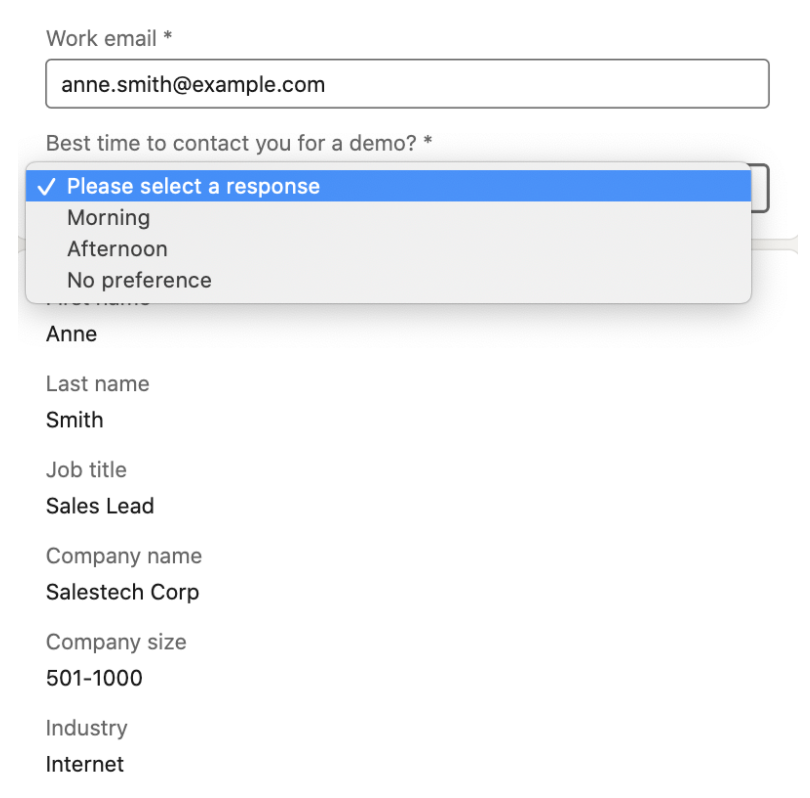
You should always test different ads, copy and landing pages with your target audiences to see what resonates best. Variety is important because different prospects will resonate with different content and messaging. Use conversion data to illustrate the most successful campaign elements and optimize by allocating budget to top converting creative and leveraging the most important value props moving forward.
LinkedIn is a great source for lead generation with its unique targeting options; however, it’s only as valuable as the quality of leads it drives.
Your leads need individual attention. Tailoring the type of content they see, providing a positive post-click experience, and respecting their preferred contact method will ensure the best results. Testing different tactics with your different audiences may take some time, but your conversion rate will thank you for it.
My new book, “Average is Losing” is finally here! I created this playbook to help savvy advertisers close the gap between winning and run-of-the-mill paid advertising campaigns.
It’s filled to the brim with the latest strategies, tactics and tips our Closed Loop experts use to help our clients seek exponential growth.
Are you ready to rise above average campaign performance? Start your business on the path to PPC domination today!
– Lance Loveday
